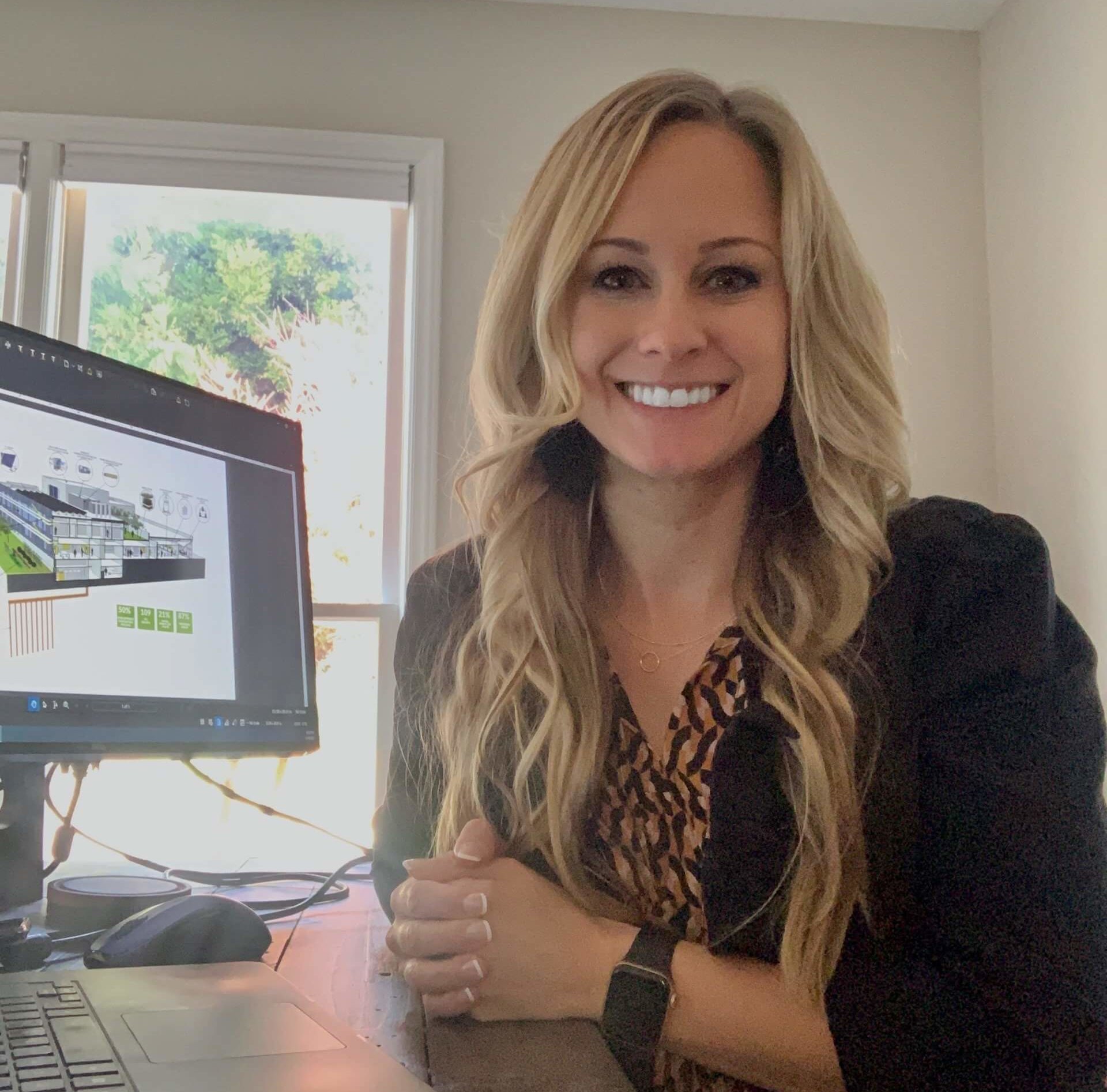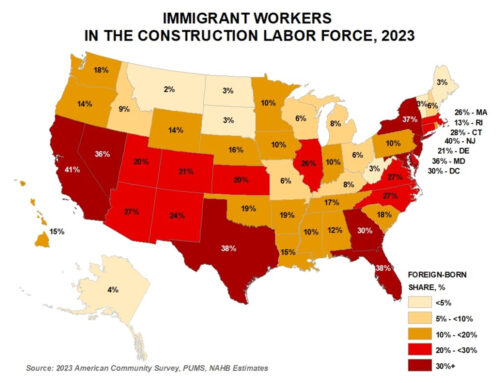There is a Difference featuring Emmie Tyson
March 22, 2021
In this episode of the “There is a Difference” series, we speak with the smart and articulate Emmie Tyson about both commercial and residential design from an architect’s point of view. As things in this space are continually shifting, she offers a unique and thoughtful perspective on what that means in 2021 and moving forward. She also provides insight into the importance of comradery in being an independent woman in construction. Enjoy!
How is there a difference in commercial design as we begin 2021?
Emmie: Well, some clients’ project priorities have shifted due to the pandemic and to the shifting of funding or capital projects. We do healthcare, higher education, science and technology projects and so for all of these clients, they have been working hard to figure out what ways the pandemic will forever change their institutions. For example, in higher education, this last year of remote learning and deserted campuses has helped some people realize the value of the virtual environment, but has also reminded others of the importance of being in-person and the value of that student life and in-person collaboration. So there seems to be an increased need for the hands-on learning spaces like laboratories and makerspaces, and potentially less need for classrooms and lecture halls, which can be taught online. So, many of our higher education institutions are considering the hybrid model. Also, the modern shift for large open spaces that we’ve seen in the last 10 years are being transformed to smaller and more intimate spaces where the occupants can feel safe and secluded, but still connected to one another, either visually or through technology. So, it’s also changed the way we work. We’ve had to adapt to being in the open studio environment that we’re so used to with collaboration. And like everyone else, most of our meetings are hosted online. It’s also changed the way we present and the way we connect with clients.
How is there a difference in residential design following the pandemic?
Emmie: I will be answering this from an outside perspective looking in, but through my conversations with architects that are practicing in the residential market, people are looking at their home space very differently. They look at a space now and their brain automatically goes to, “what would this be like if I was trapped here for months?” For some, I think the formal dining room has become their office. The room they never used is now the room they spend the most time in. Others carved a nook out of their extra bedroom for a desk, and again, it’s now the place that they’re spending the majority of their day. So, I think all of the extra time spent at home during both the work week and weekends has made people painfully aware of the things that they love and hate about their house. So, more and more people are wanting to renovate. I also think that outdoor space has become a must-have for many people, both for their own enjoyment, but also to be able to host guests in a safe way.
What do you think about the trend of indoor and outdoor spaces for both commercial and residential properties?
Emmie: Well, for me personally, I’m hoping it’s not a trend and that it’s here to stay. I think indoor and outdoor spaces bring many benefits to a building. They provide flexibility and multiple uses to a single space, and they also maximize the use of a single space. So, for residential spaces, having a living room with the ability to open to an outdoor deck or a screen porch gives the ability for people to spread out and to bring in fresh air and host guests comfortably during a pandemic. For commercial spaces, I think restaurants with outdoor spaces have really thrived, but ones without have found creative ways to create temporary outdoor space, whether it’s on sidewalks or in parking spaces. We’ve also seen offices that have started to put more weight into the proximity to outdoor amenities for their employees. So, I think this is something that we’ll continue to see for the foreseeable future, and I hope so because I really love the outdoors.
How is the need for air flow and social distancing affecting your work?
Emmie: Because my company works in healthcare, higher education and science and technology, airflow has always been very important because of the nature of the types of spaces we work on, like ICU rooms and chemical laboratories, but of course now it’s really at the forefront of everyone’s minds. We’re an architecture and engineering firm and our engineers have helped some of our healthcare clients in particular develop creative ways to improve air flow and to bring outside air into spaces that otherwise did not have that ability. The pandemic and social distancing has shifted the way we think about the large open spaces. In our work, that means lobby spaces, that means laboratories, classrooms. And so, in lobbies, waiting nooks and hand-washing stations are much more prevalent these days, and the ability to spread out an integration of touchless technology are some of the ways that our clients are planning for the future. And for the surfaces that are touched, our healthcare clients have been thinking about cleanability for years, but some of our other clients in higher education and science and technology are thinking more and more about using building products that are ultra-cleanable and long-lasting.
How is being a woman in architecture an advantage to you and to your clients?
Emmie: I would say that being a woman in construction is not an advantage alone, but being a motivated individual with distinct skillsets is what makes a professional stand out in our industry. Expertise in the field, commitment to our clients, the ability to build consensus in a group and an eye for great design, those are just some of the things that bring a value to our clients. I will say though, I’ve enjoyed the comradery with the other female architects. So being a minority in the field tends to help us stick together. And the women in architecture do a wonderful job supporting each other, sharing experiences and building friendships. I will say that is an advantage for me in particular.
Thank you, Emmie, for sharing your thoughts and insights into how there is a difference.
Please click HERE to view the full interview with Emmie.
Interested in talking with Draper DNA about how you see there is a difference? We would love to connect. Feel free to send a note to abby@draperdna.com.





